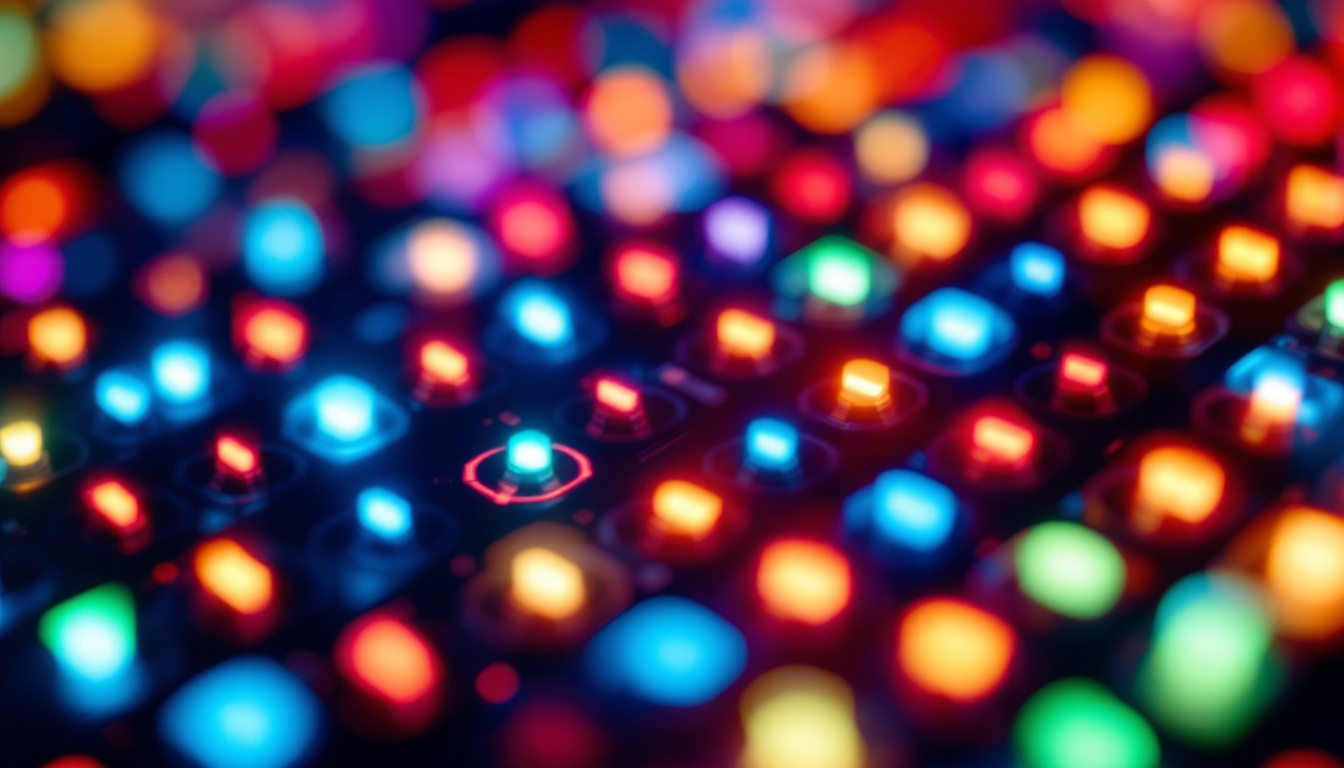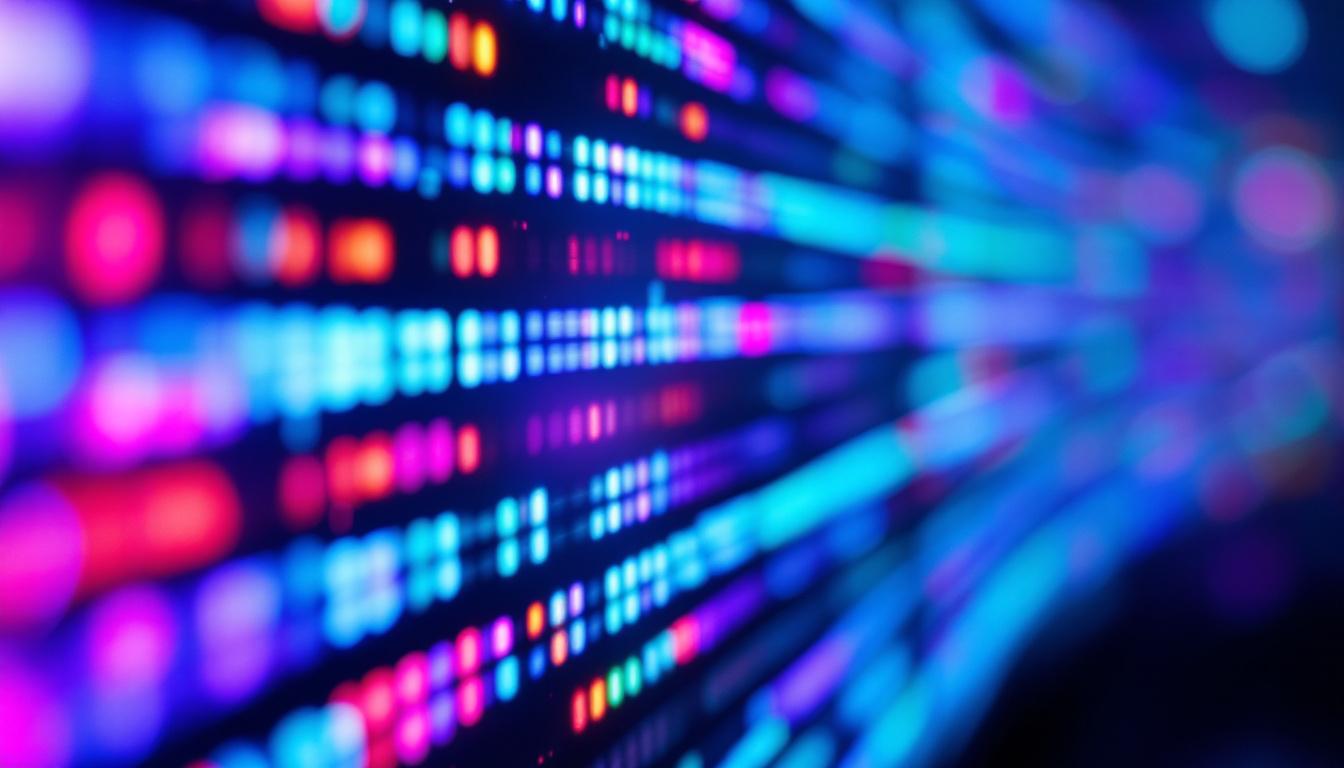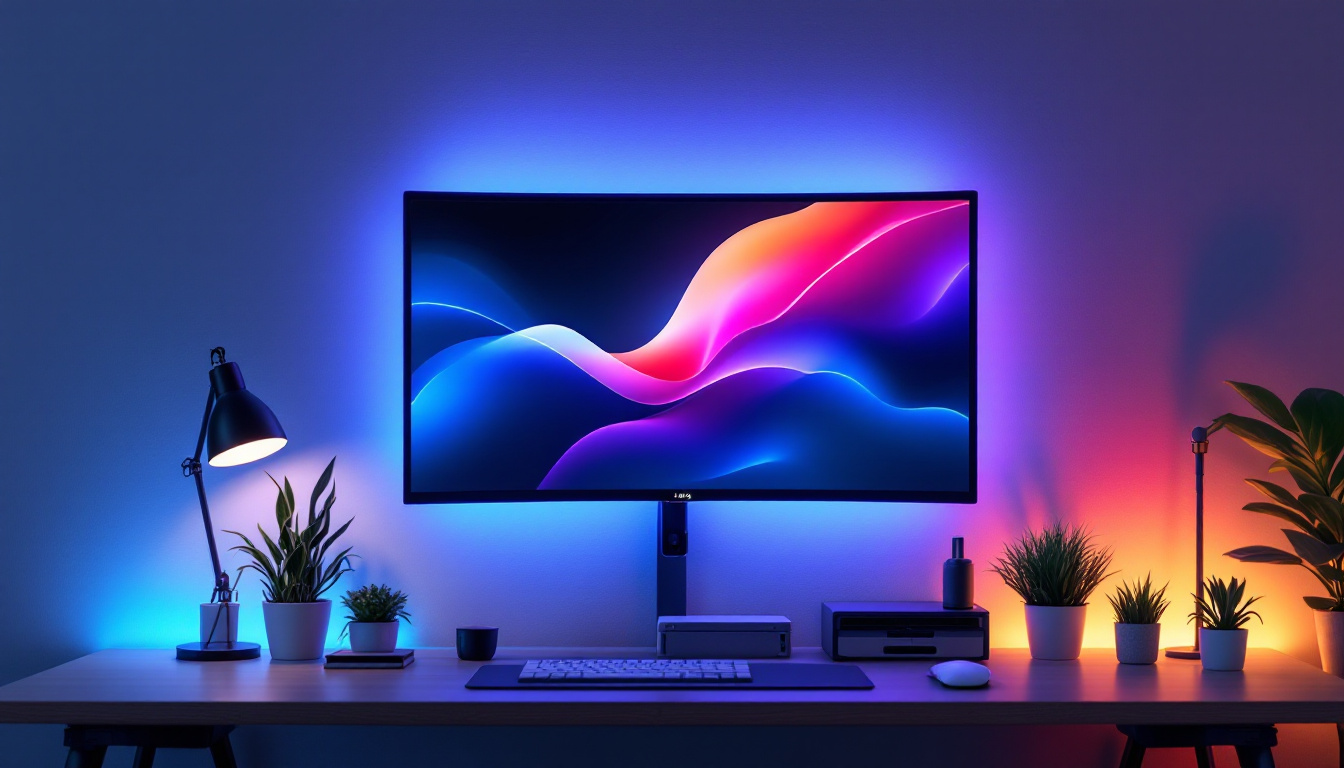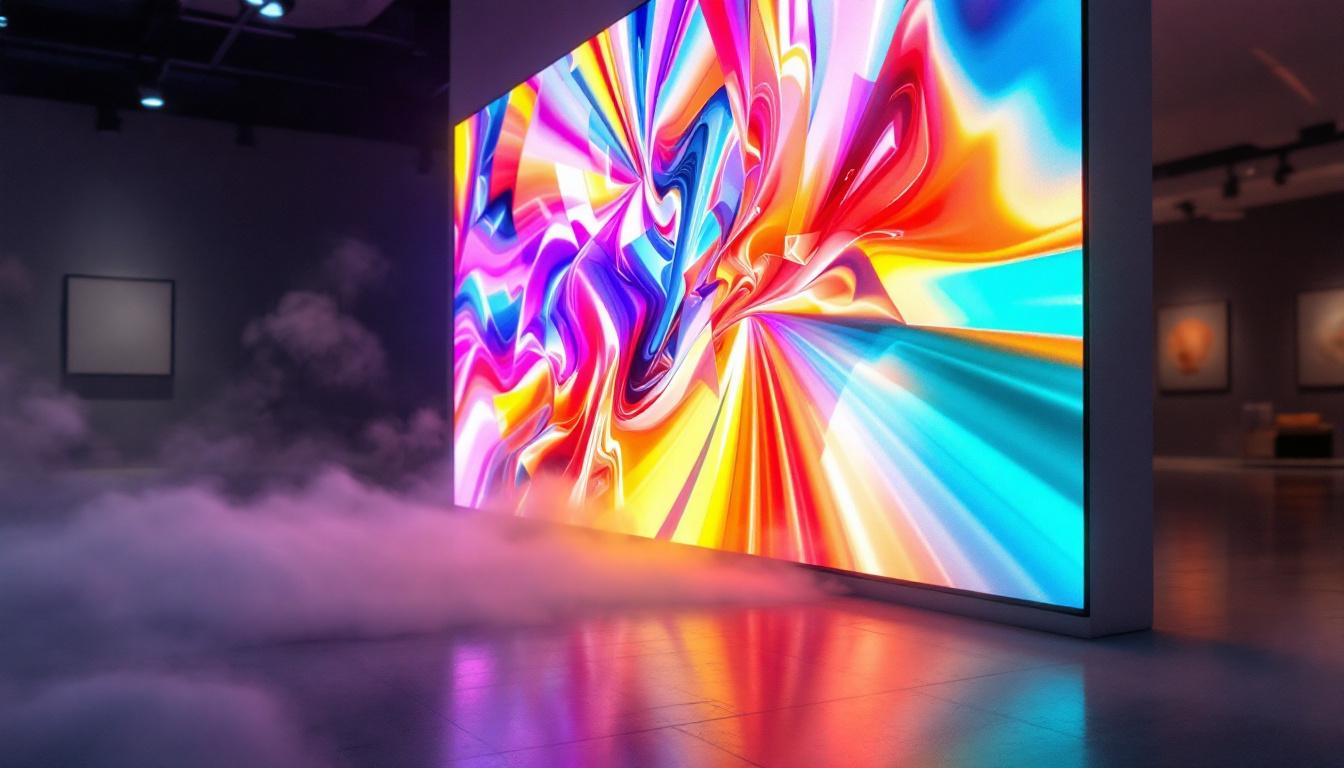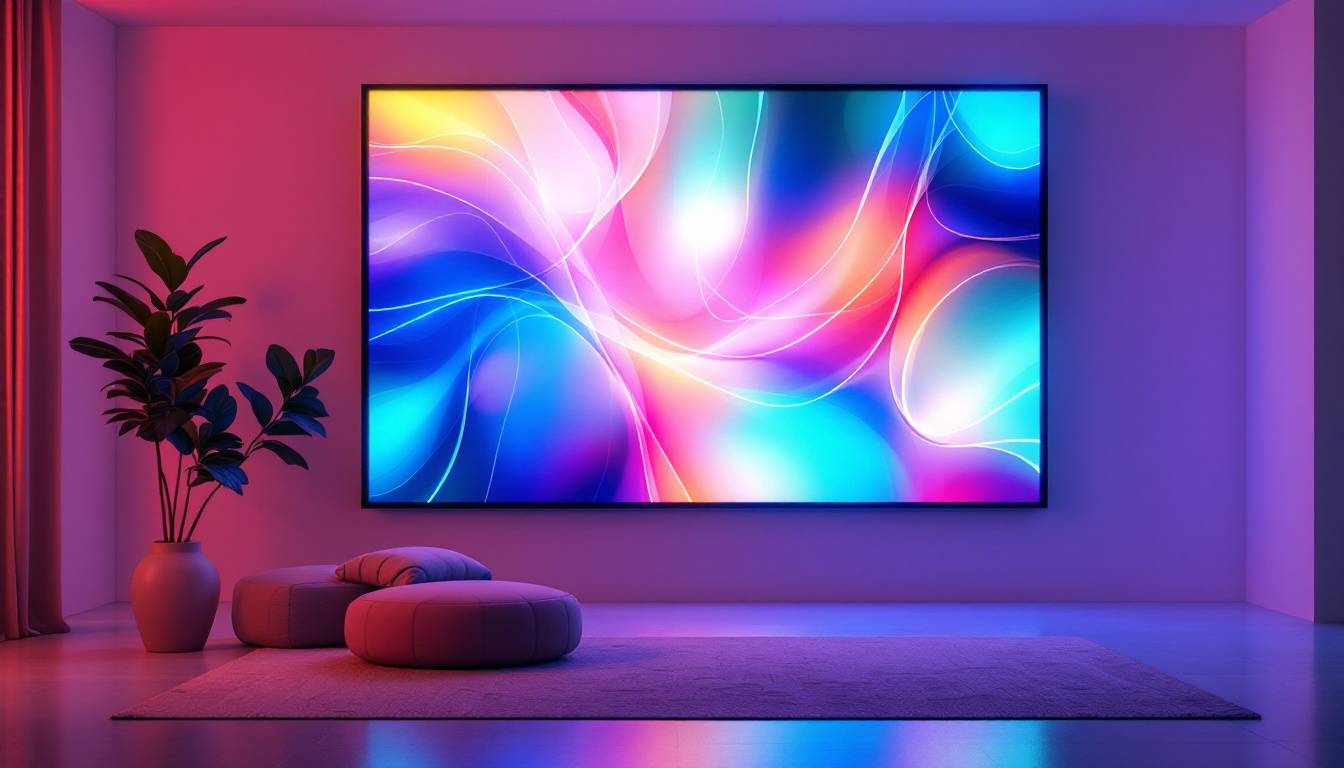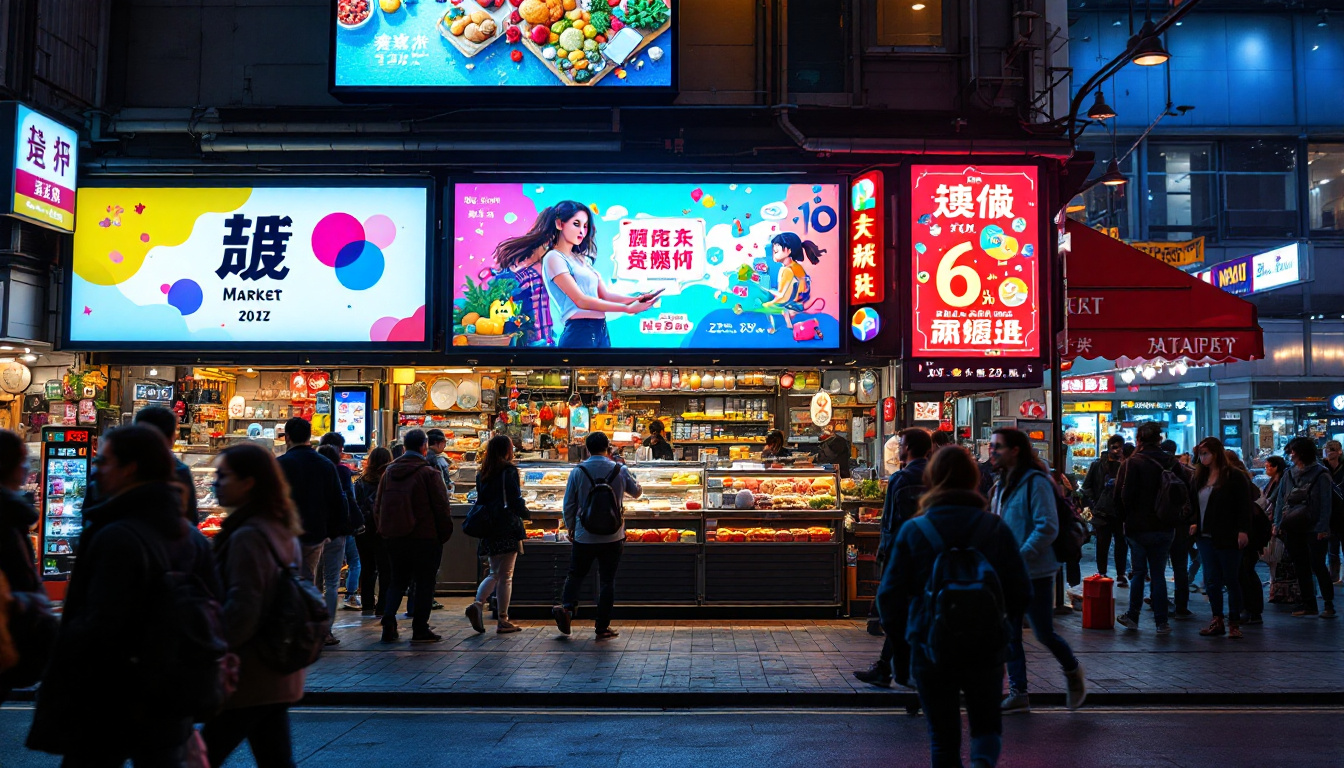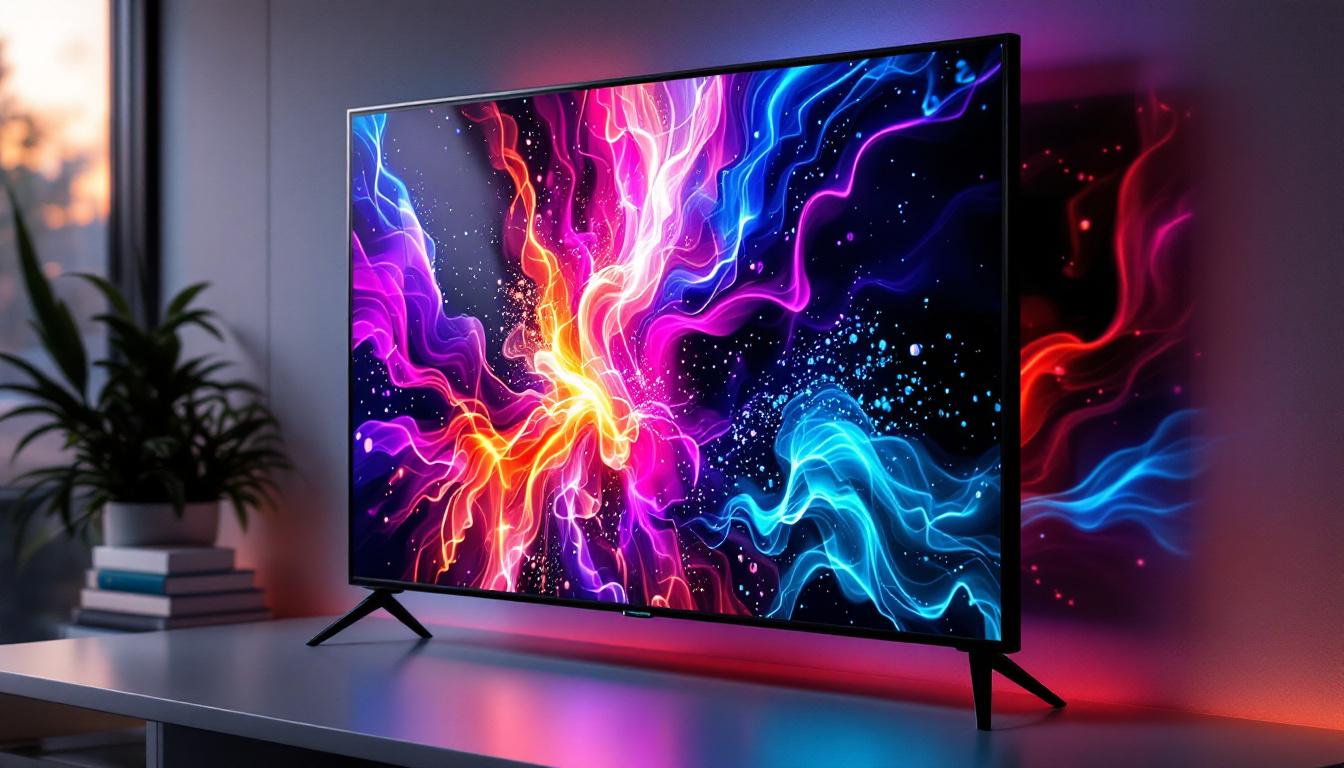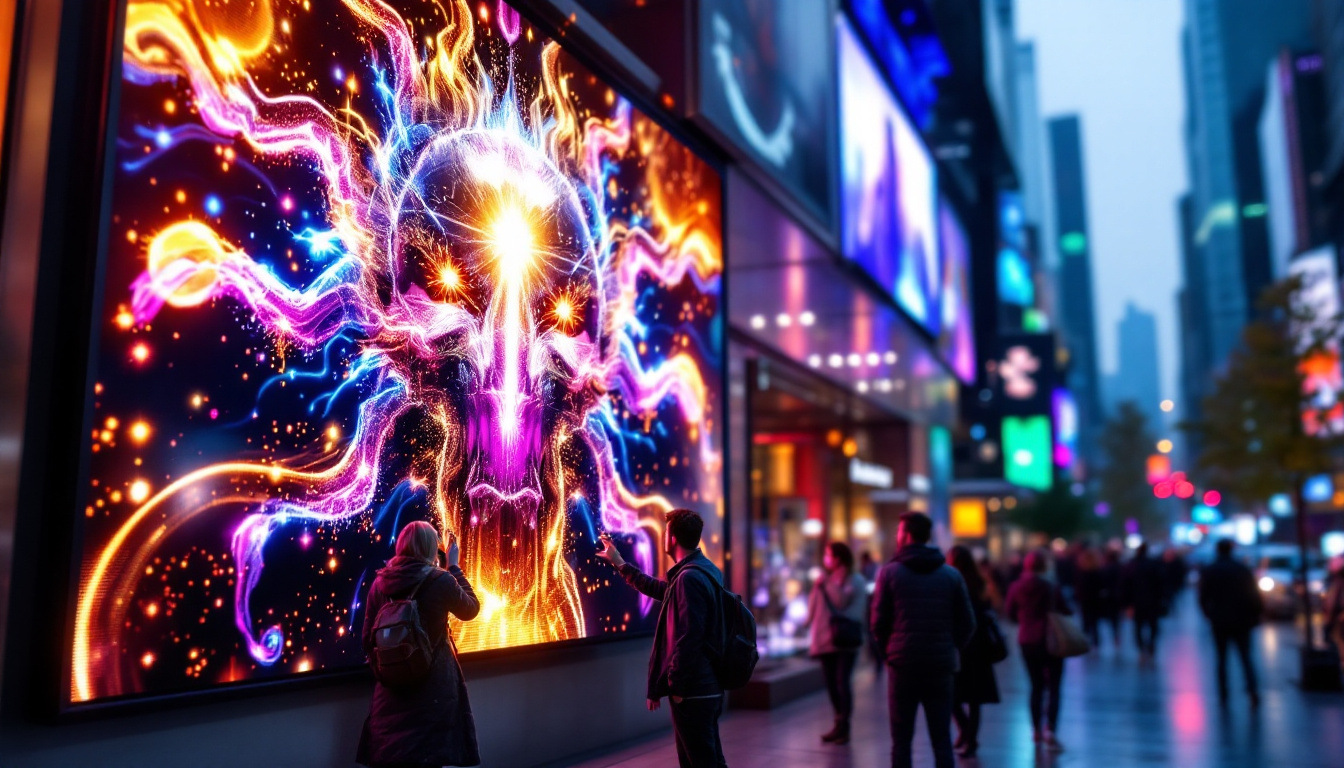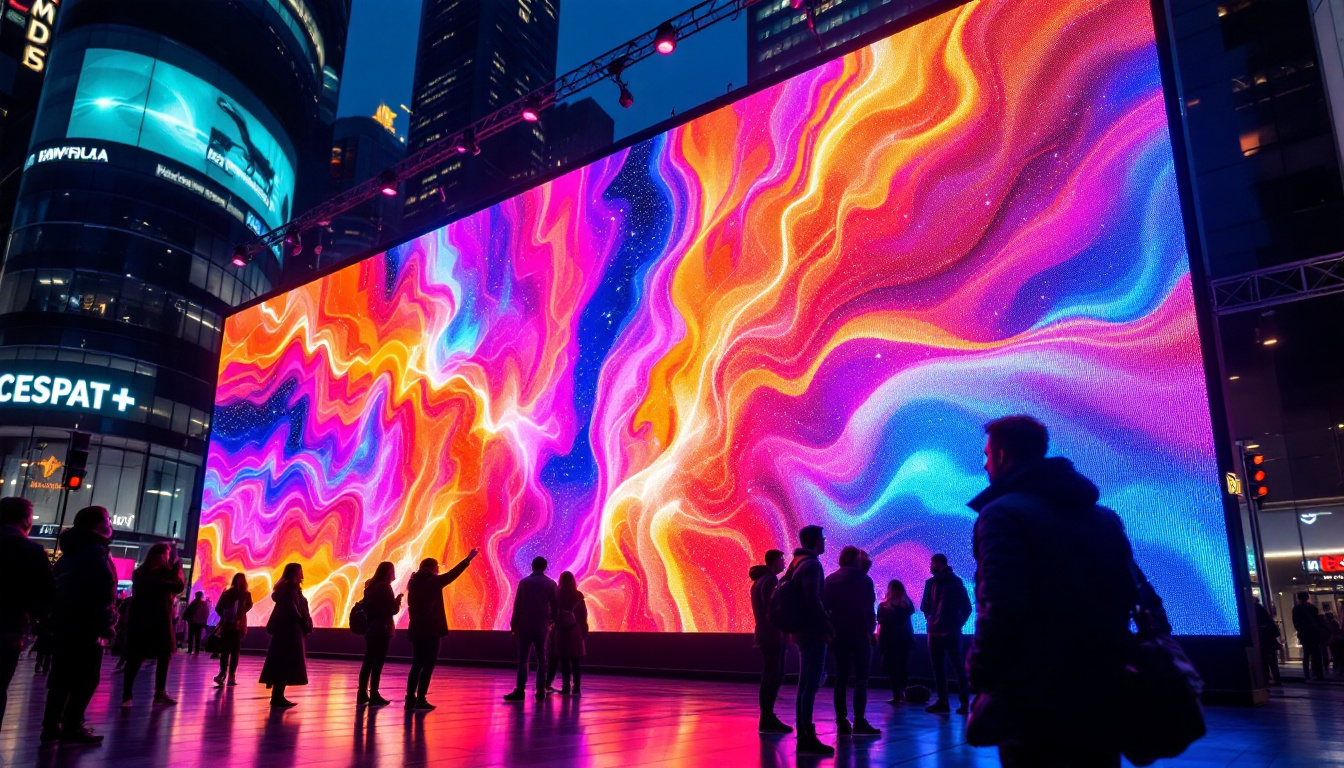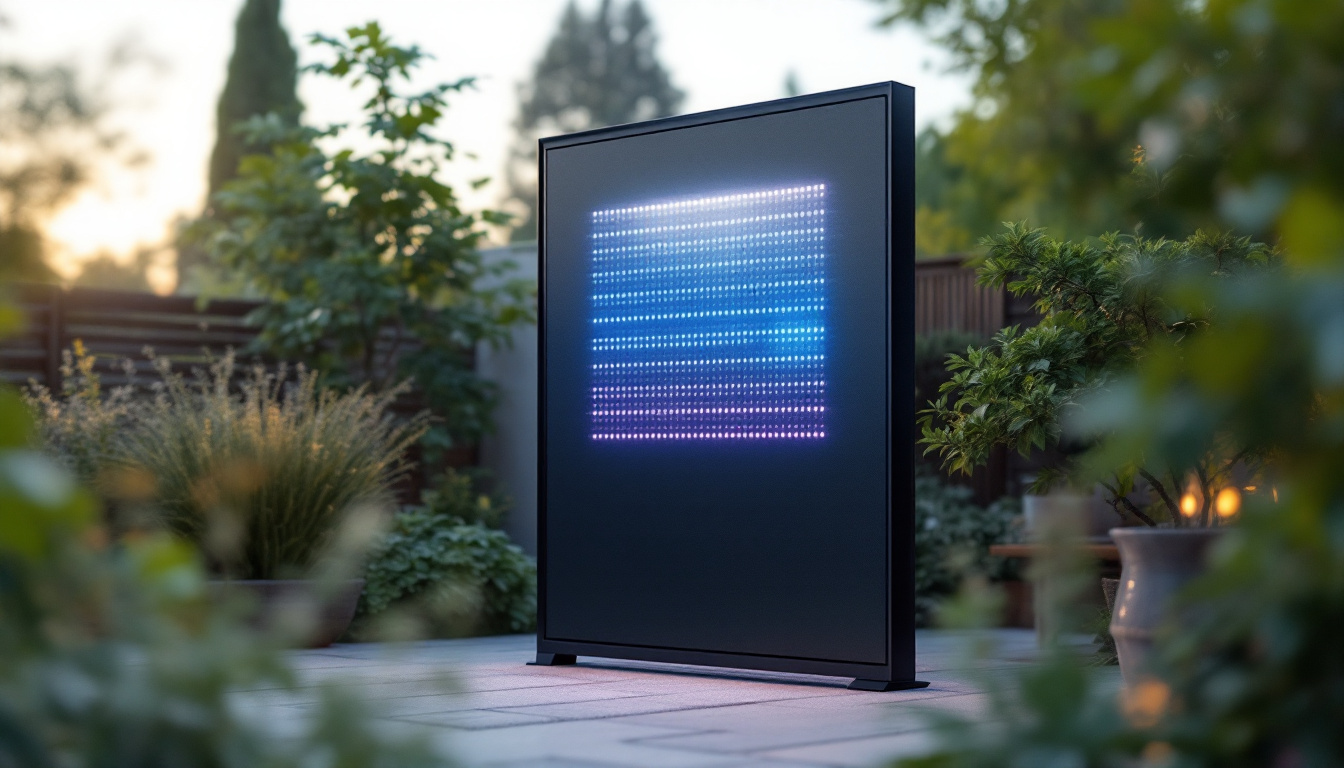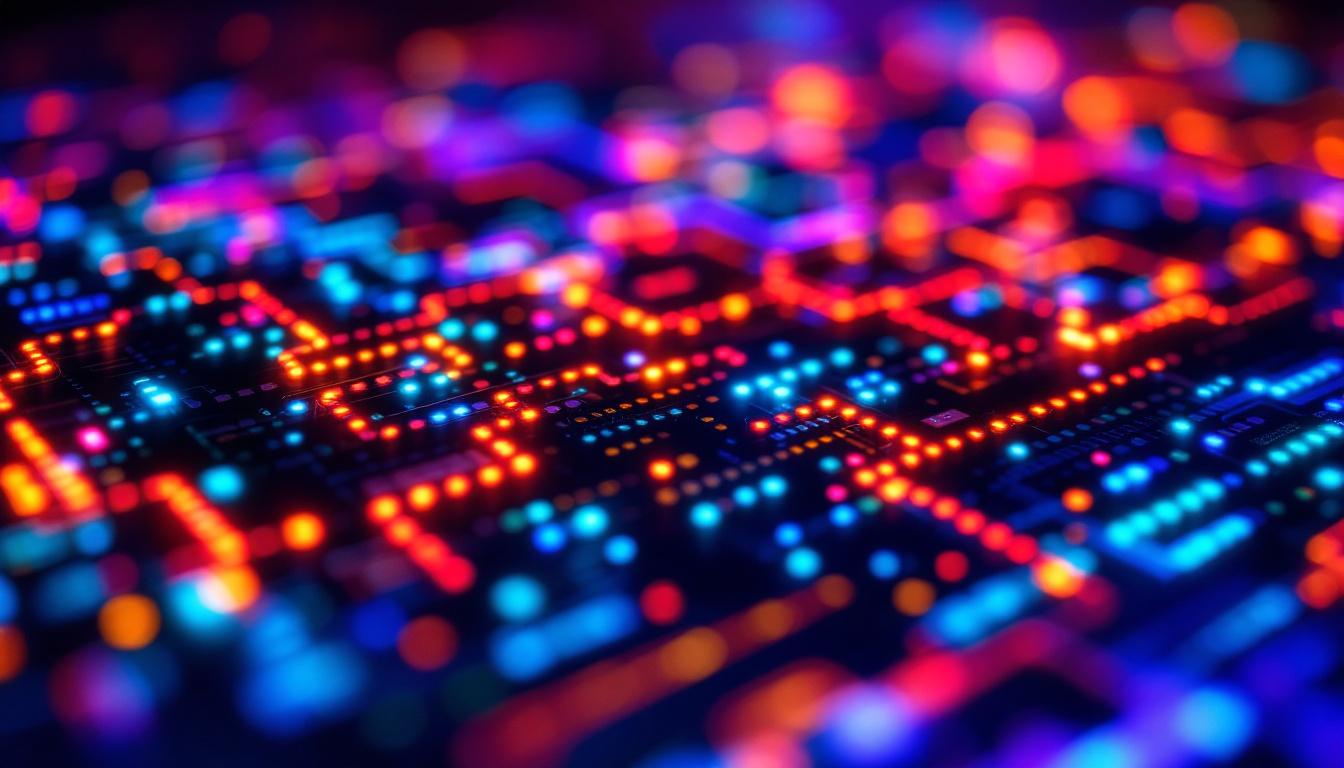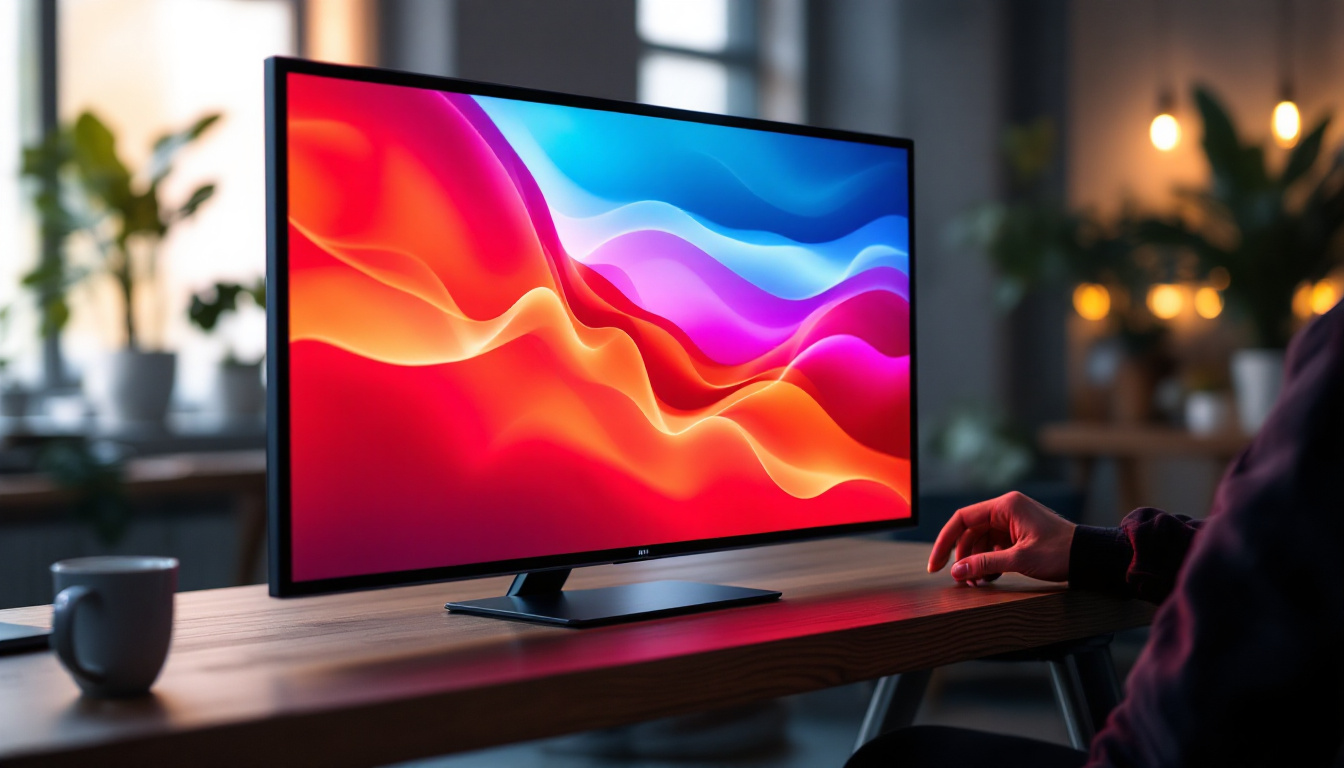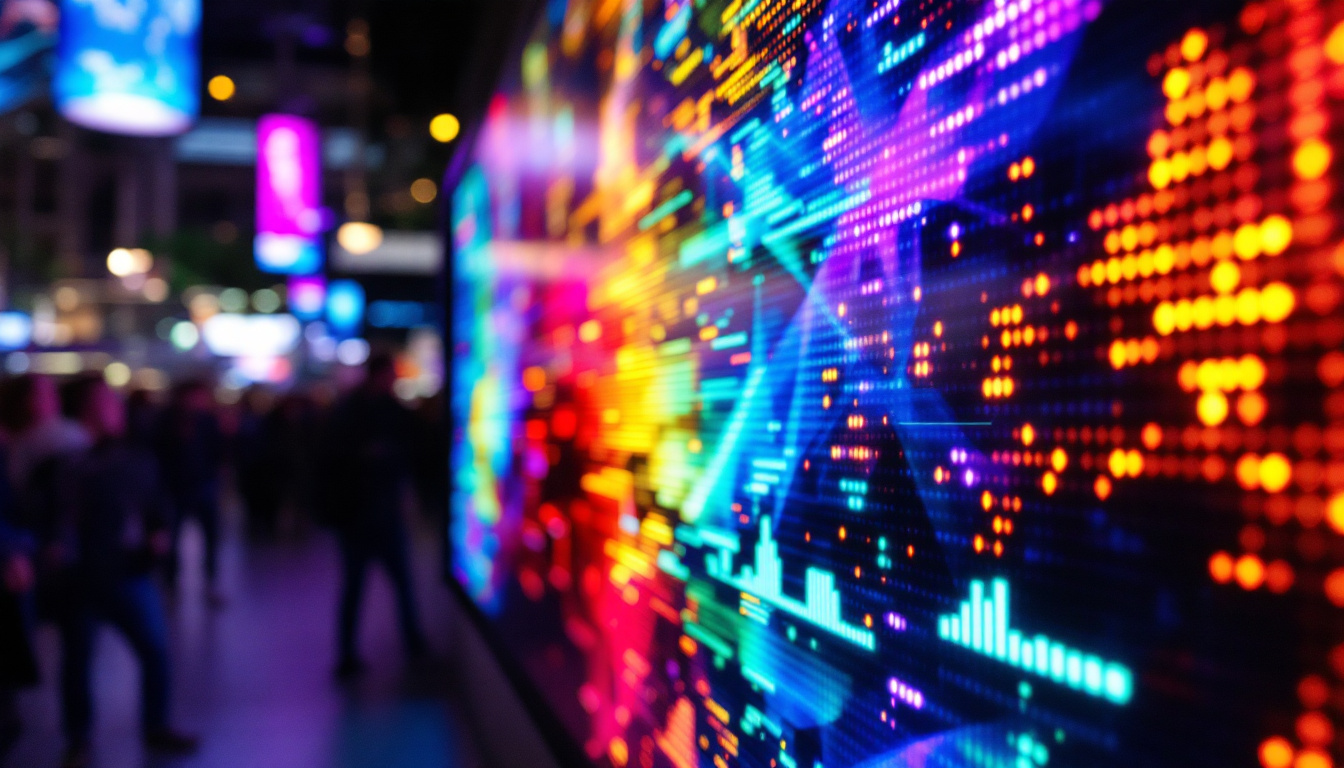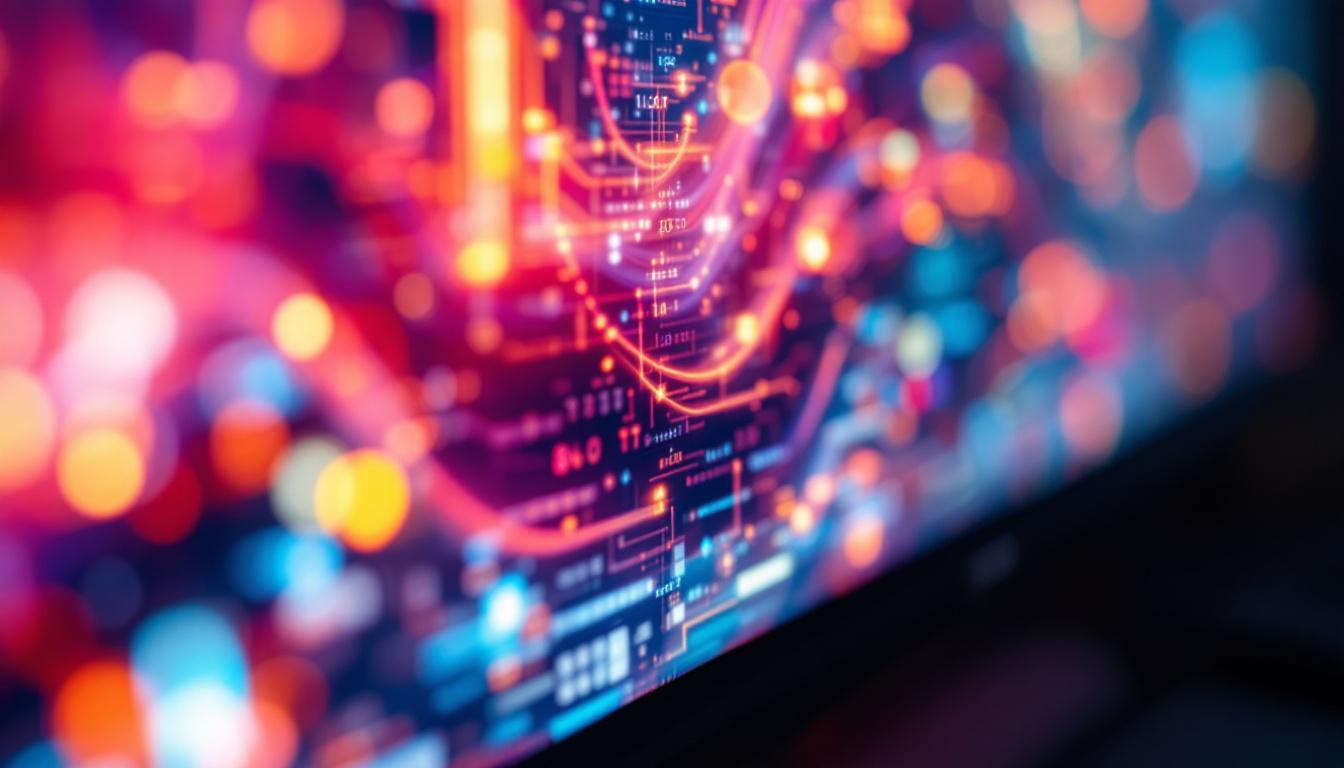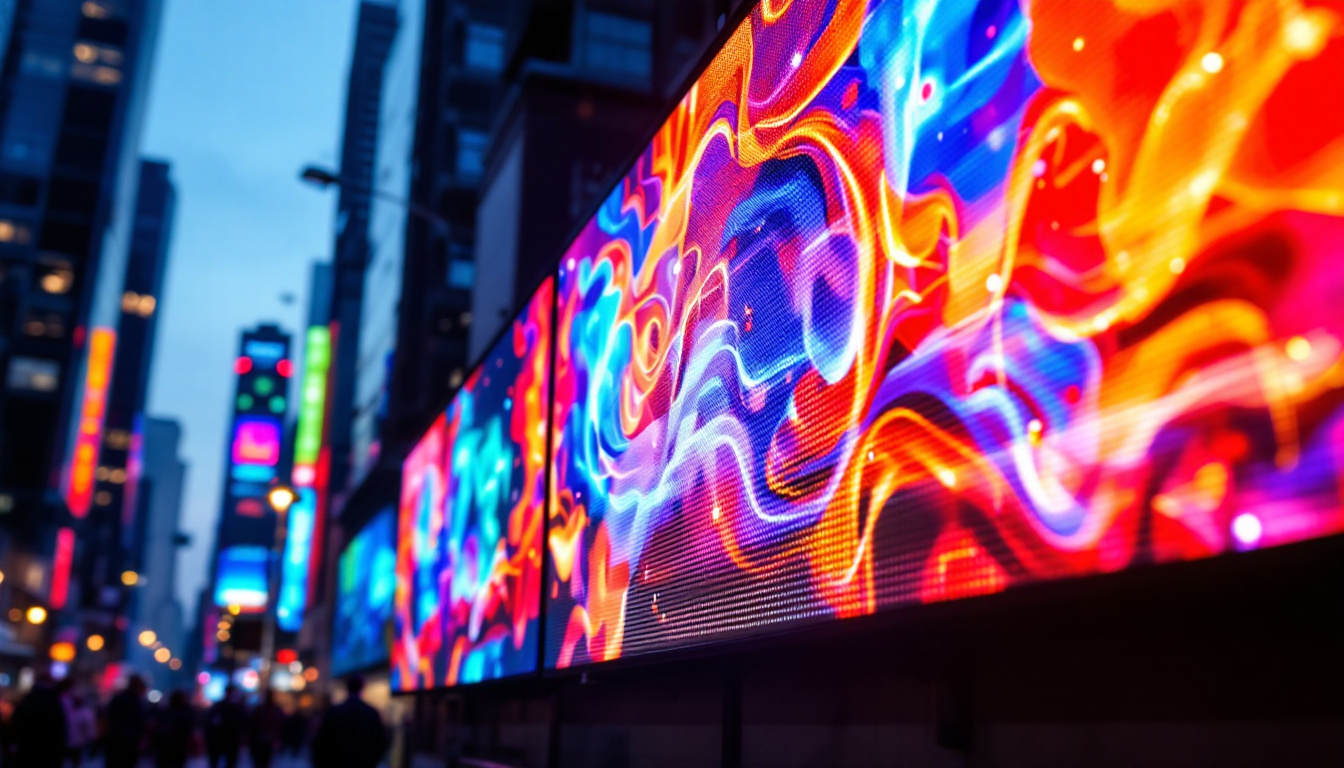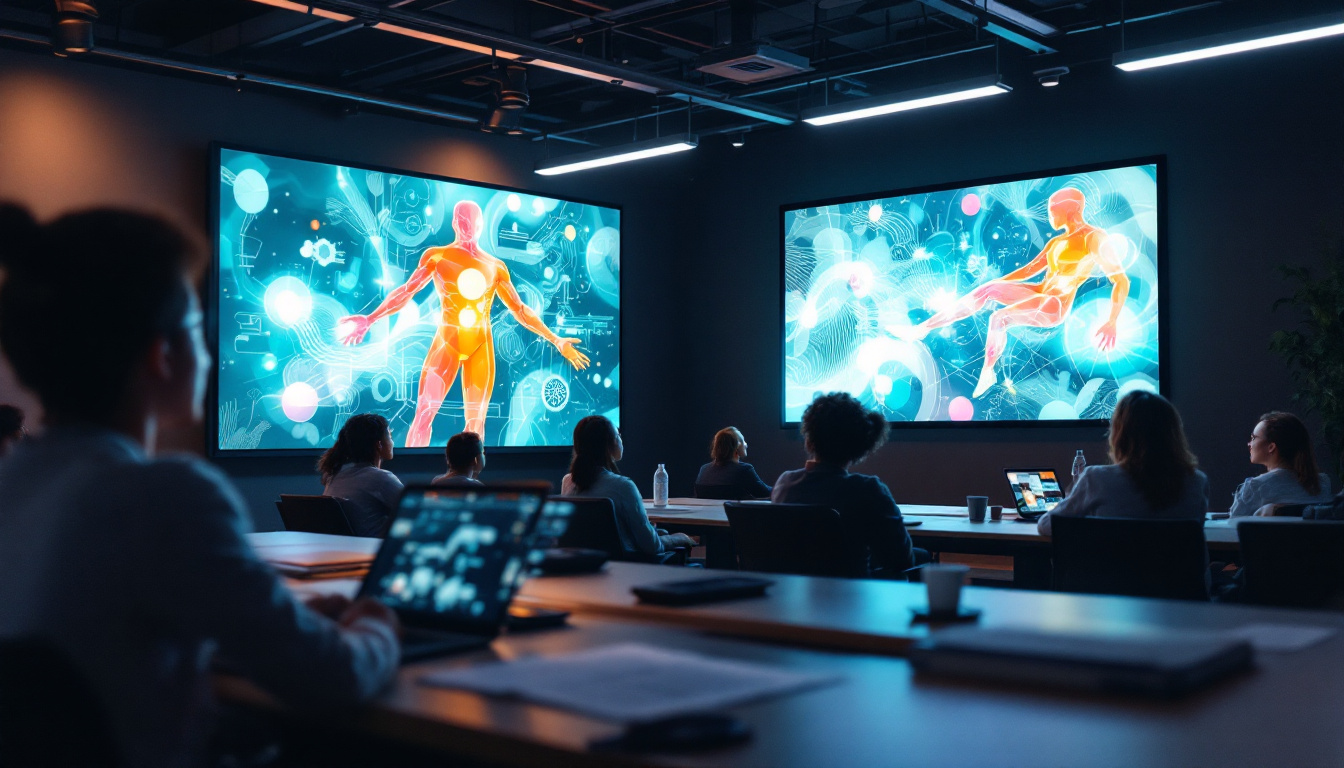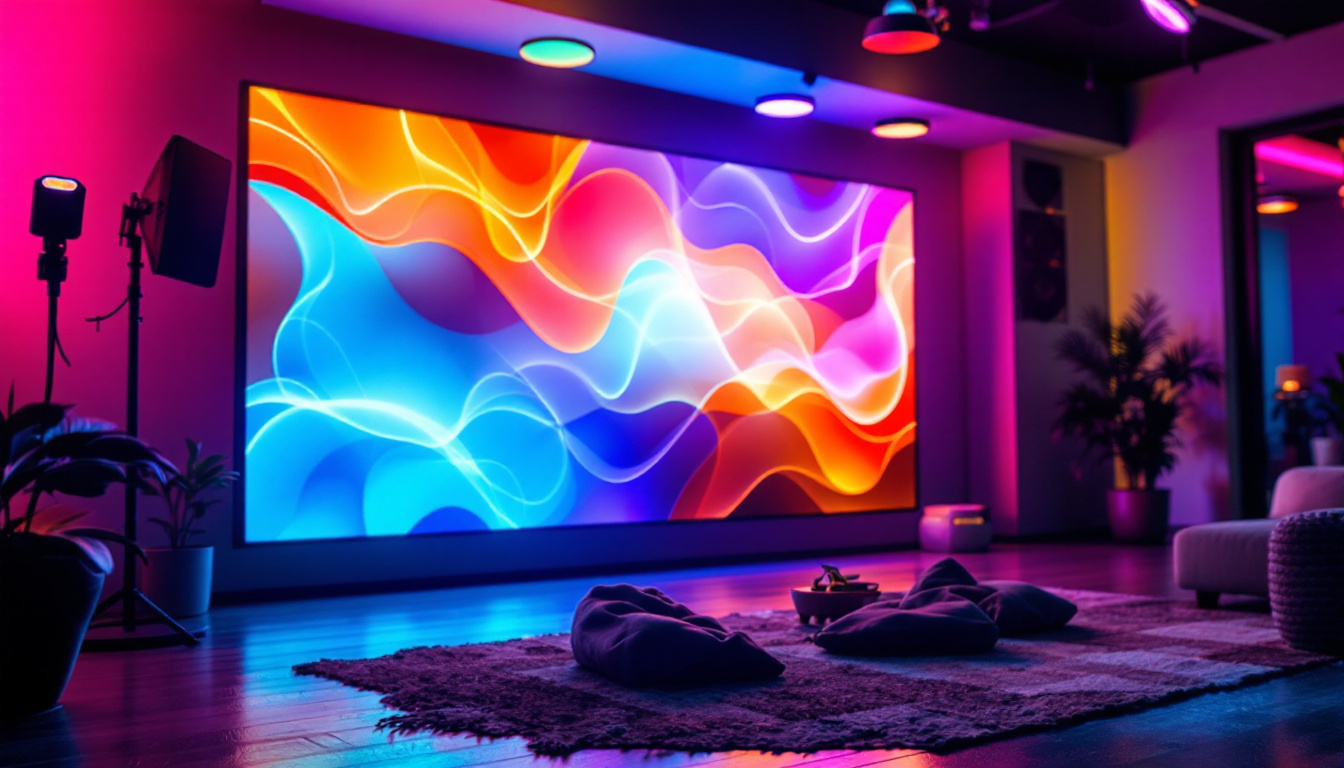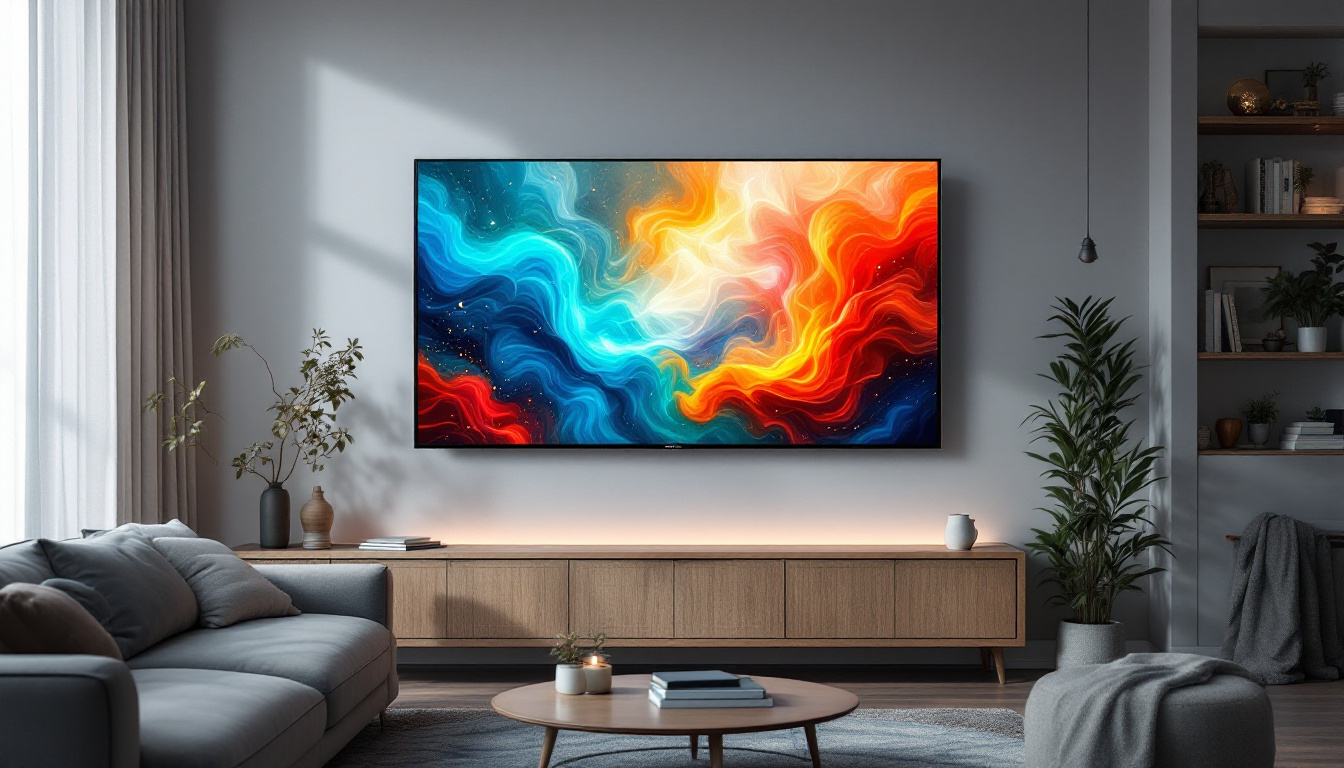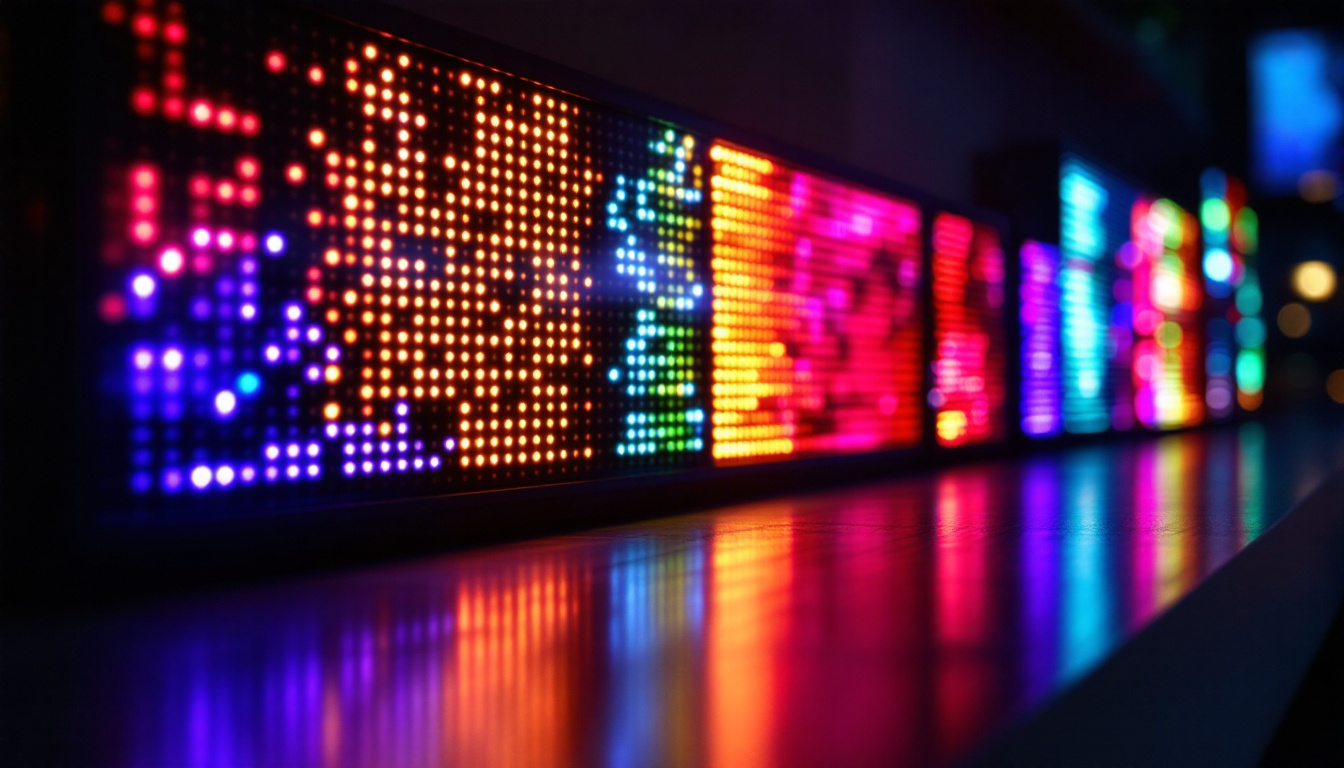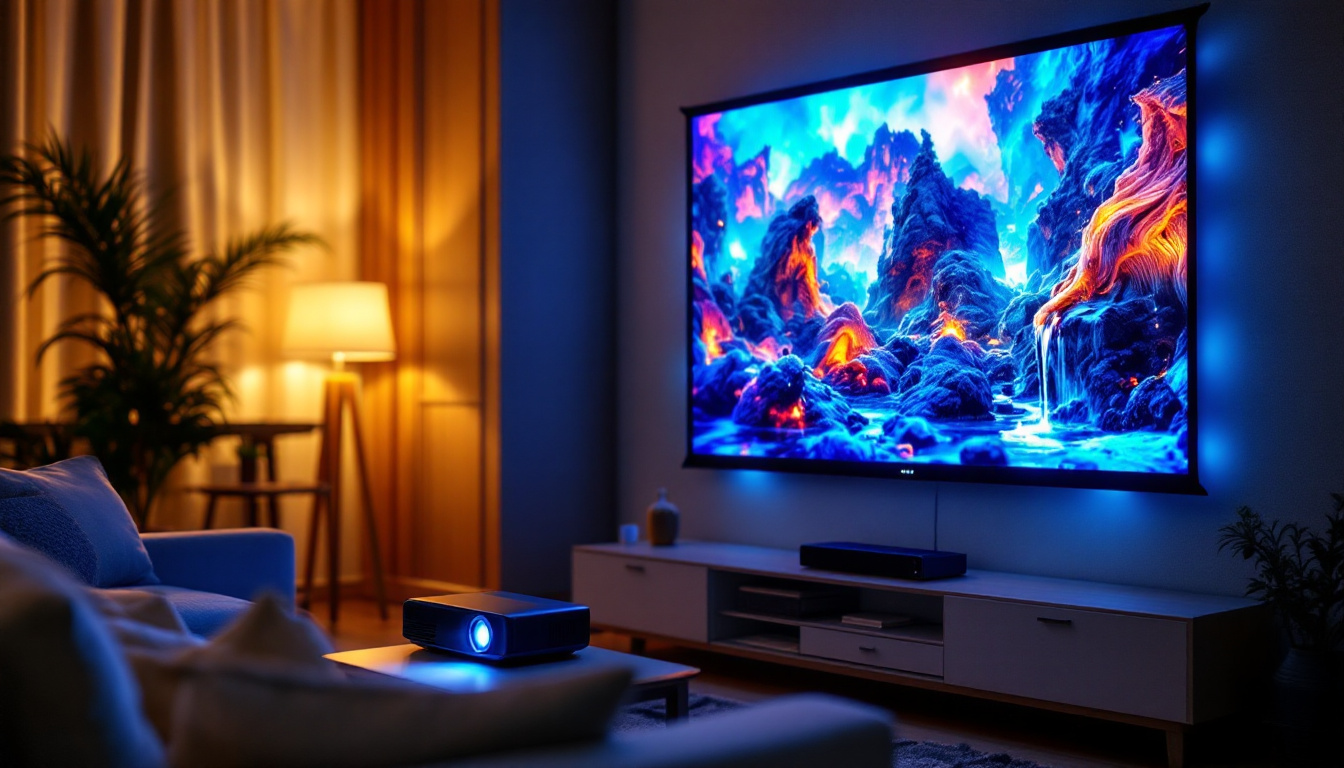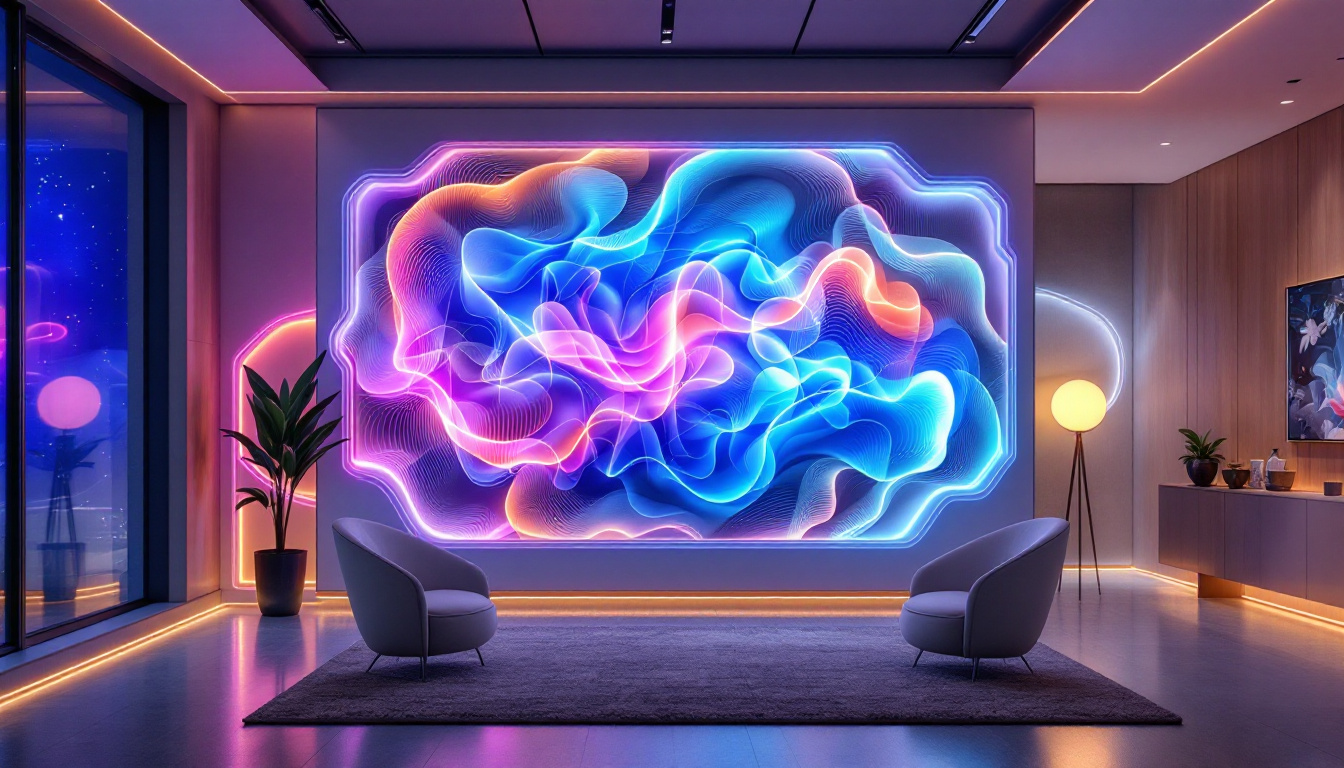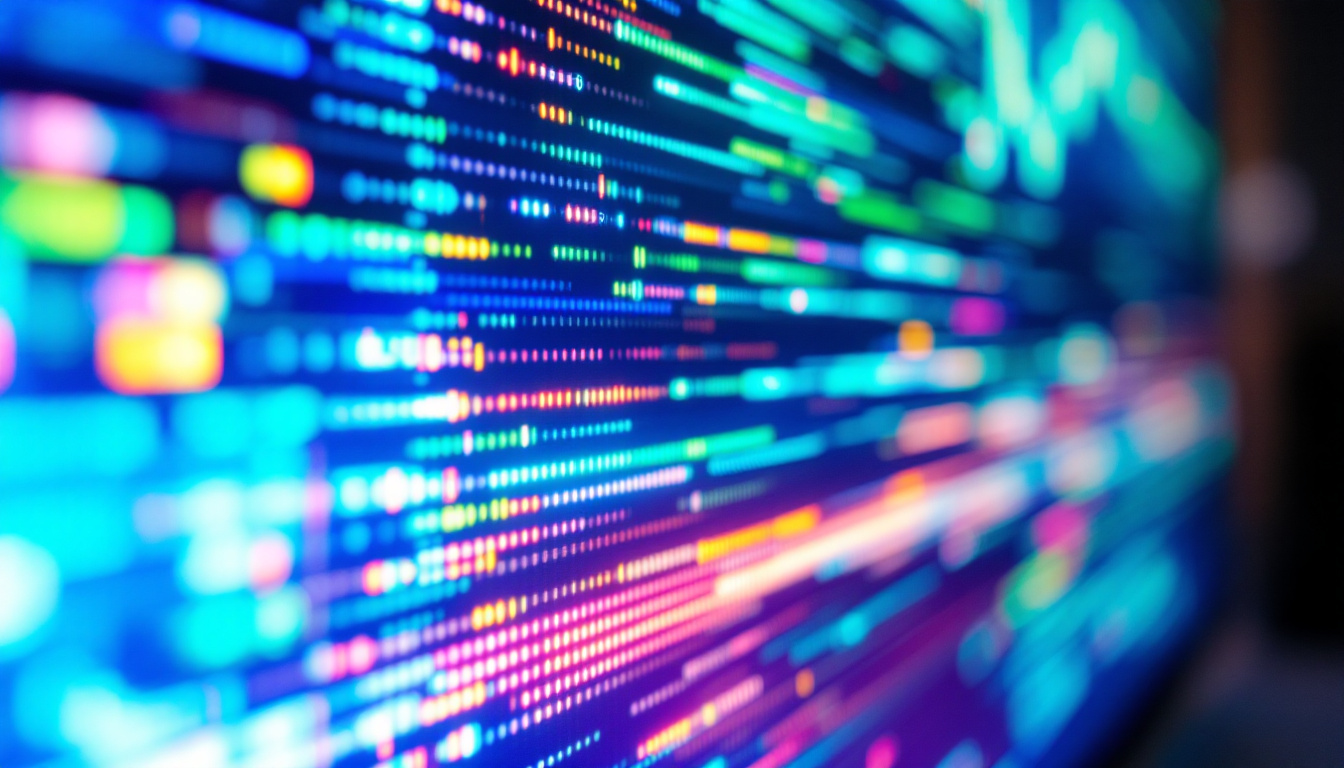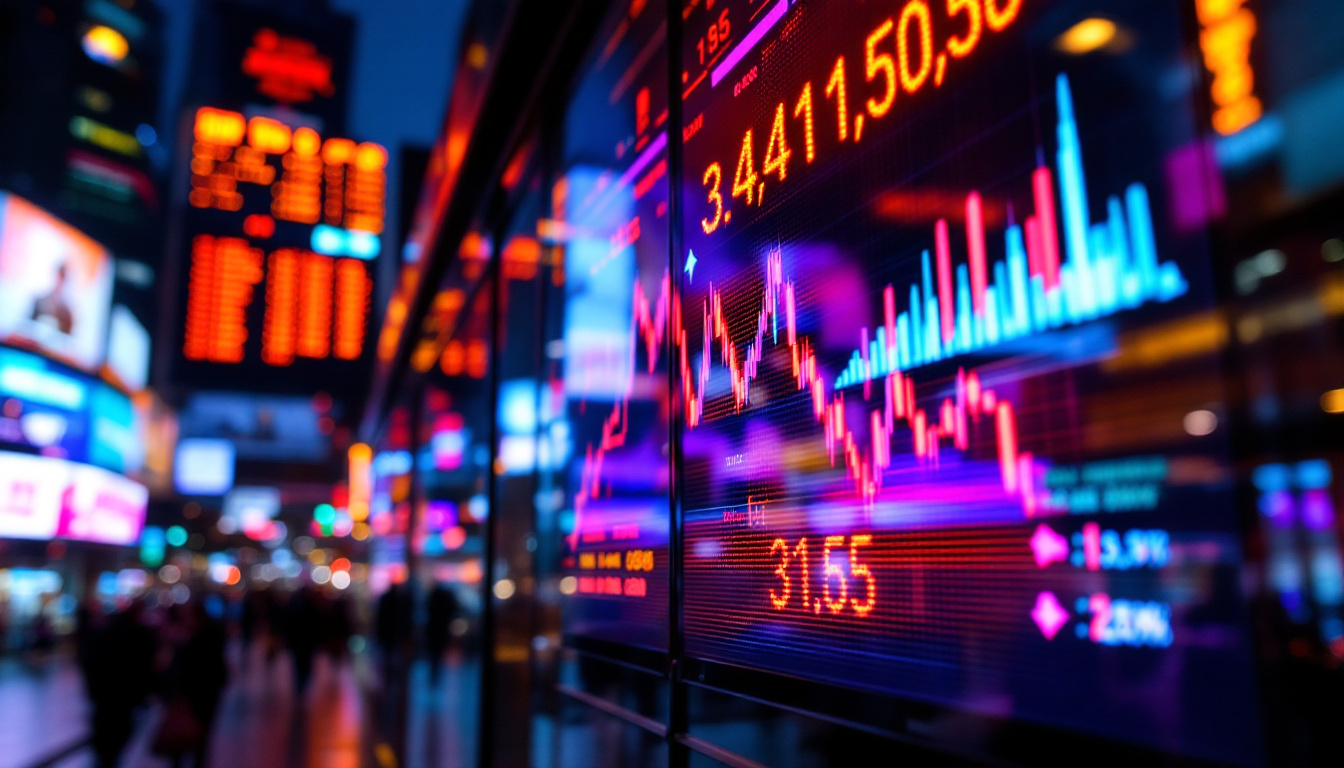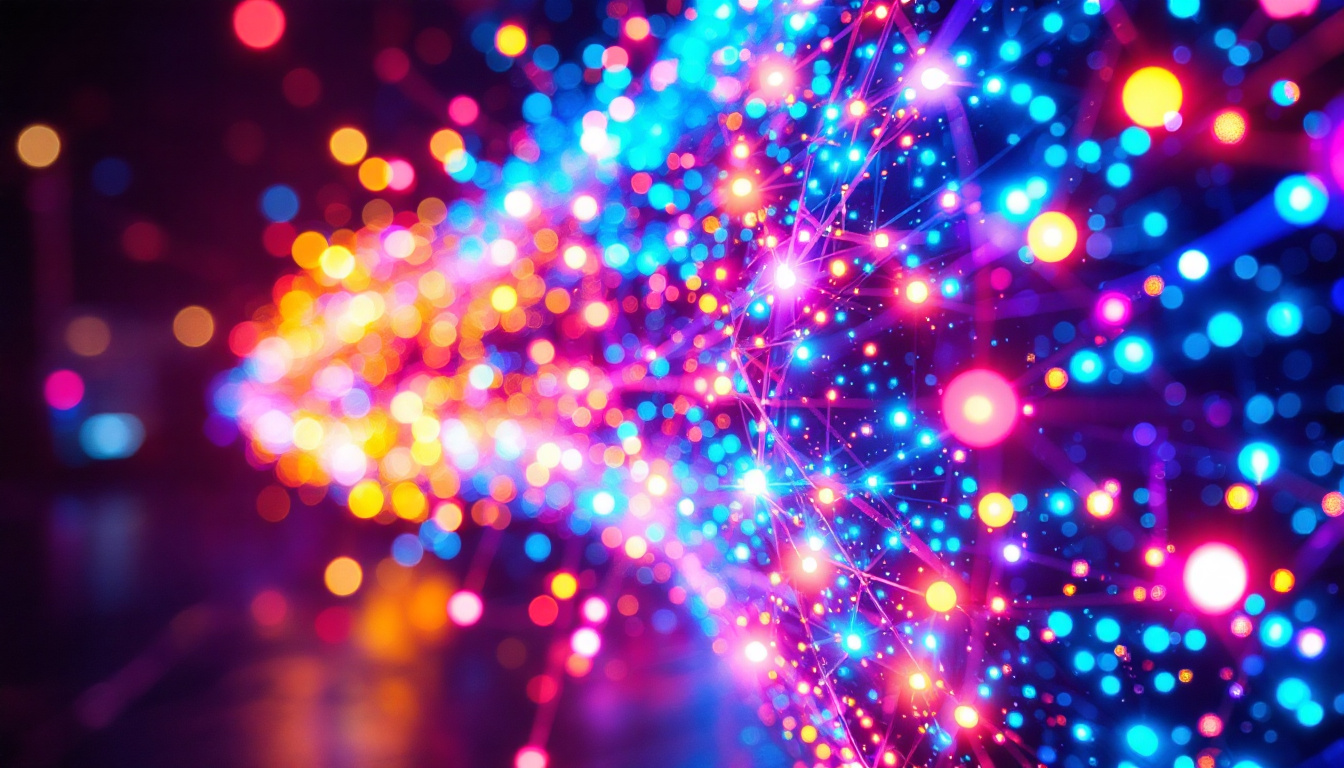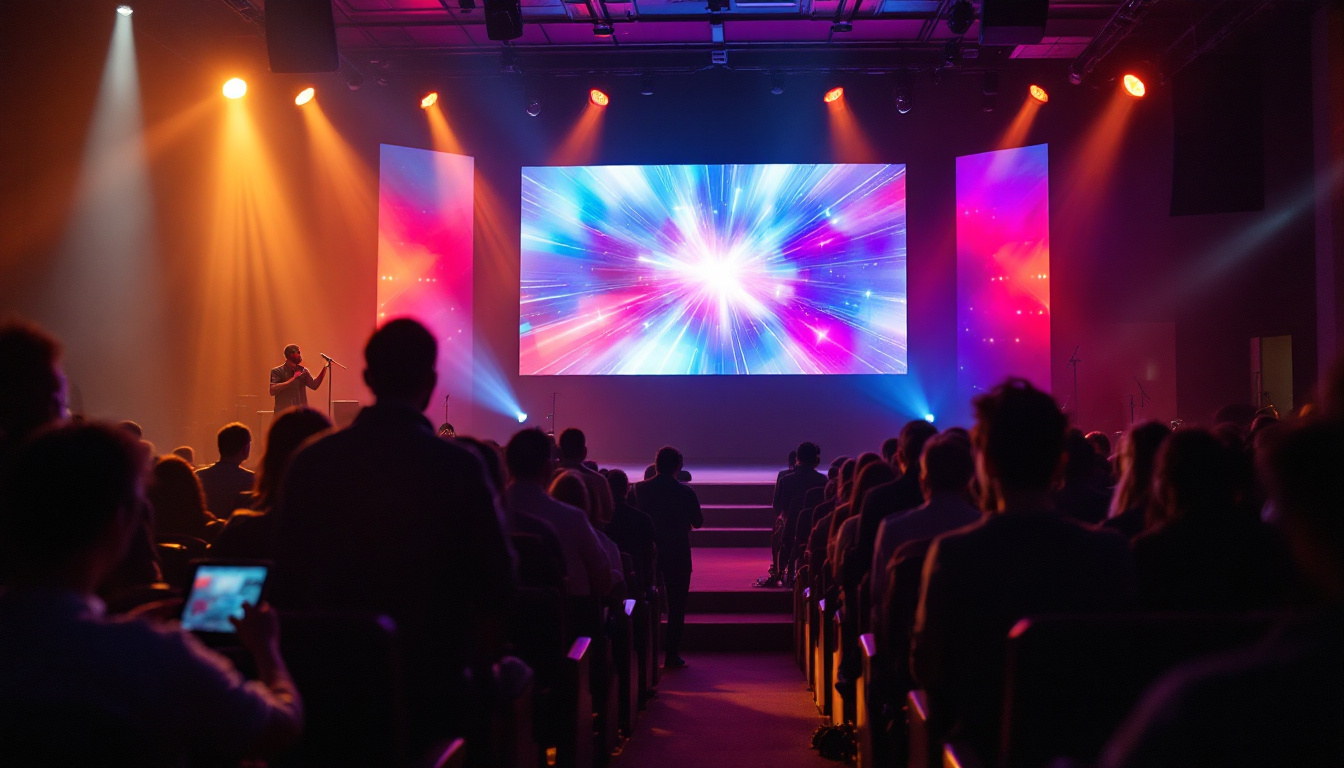Cathode Of An LED: LED Display Explained
Light Emitting Diodes (LEDs) have revolutionized the way we perceive light and display technology. From household lighting to massive billboards, LEDs are everywhere. Understanding the components of an LED, particularly the cathode, is essential for grasping how these devices function. This article delves into the cathode of an LED and the broader context of LED displays, providing insights into their operation, advantages, and applications.
Understanding LED Basics
Before diving into the specifics of the cathode, it’s crucial to understand what an LED is and how it works. An LED is a semiconductor device that emits light when an electric current passes through it. The light is produced due to a phenomenon called electroluminescence, where electrons recombine with holes in the semiconductor material, releasing energy in the form of photons.
The Structure of an LED
An LED consists of several key components: the anode, cathode, semiconductor material, and encapsulation. The anode is the positive side, while the cathode is the negative side. Together, they create a circuit that allows current to flow, generating light.
The semiconductor material, usually made from gallium arsenide or gallium phosphide, is doped with impurities to create regions of excess electrons (n-type) and holes (p-type). When voltage is applied, electrons move from the n-type region to the p-type region, resulting in light emission.
Role of the Cathode
The cathode plays a vital role in the functioning of an LED. As the negative terminal, it is where the current enters the LED. The cathode is typically connected to the n-type semiconductor layer, allowing electrons to flow into the device. This flow of electrons is crucial for the recombination process that produces light.
In practical terms, the cathode is often marked with a flat edge or a shorter lead compared to the anode, making it easier to identify during installation. Understanding its position and function is essential for anyone working with LED technology. Furthermore, the performance of the cathode can significantly influence the overall efficiency and lifespan of the LED. High-quality cathodes minimize resistance and heat generation, which are critical factors in maintaining the longevity and brightness of the light emitted. Innovations in cathode materials and designs continue to evolve, leading to more efficient LEDs that consume less power while providing brighter illumination.
Moreover, the cathode’s interaction with the surrounding environment can also affect its performance. For instance, the thermal management of an LED system is crucial, as excessive heat can lead to decreased efficiency and color shifting in the emitted light. Engineers often incorporate heat sinks and thermal interface materials to ensure that the cathode remains within optimal temperature ranges. This attention to detail not only enhances the performance of the LED but also contributes to the sustainability of lighting solutions in various applications, from residential to industrial settings.
How LED Displays Work
LED displays are composed of numerous individual LEDs arranged in a grid. Each LED can be controlled independently, allowing for a wide range of colors and images to be displayed. This technology is widely used in televisions, computer monitors, and outdoor advertising screens. The versatility of LED displays makes them an ideal choice for various applications, from large-scale billboards to the compact screens of handheld devices.
Pixel Configuration
In an LED display, each pixel is typically made up of three sub-pixels: red, green, and blue (RGB). By varying the intensity of each sub-pixel, a full spectrum of colors can be created. The cathodes of these sub-pixels are connected in a way that allows for precise control over the light output, enabling the display to render detailed images and videos. This RGB model is foundational in color theory, as it mimics how human vision perceives color through the combination of these primary colors.
For instance, to create white light, all three sub-pixels are activated at full brightness. Conversely, to produce darker shades, the intensity of each sub-pixel can be adjusted accordingly. This flexibility is one of the reasons LED displays have become so popular. Additionally, advancements in technology have led to the development of high dynamic range (HDR) displays, which can produce even more vibrant colors and deeper contrasts, enhancing the viewing experience significantly.
Driving the LEDs
To manage the vast number of LEDs in a display, a driving circuit is necessary. This circuit controls the voltage and current supplied to each LED, ensuring they operate efficiently and safely. The cathode’s role in this context is crucial, as it allows the driving circuit to manage the flow of electrons into the LEDs, directly influencing their brightness and color output. The design of these driving circuits can vary widely, with some using integrated circuits that can handle multiple pixels at once, optimizing performance and reducing power consumption.
Advanced driving techniques, such as pulse width modulation (PWM), are often employed to enhance the display’s performance. PWM allows for rapid switching of the LEDs on and off, creating the illusion of varying brightness levels without the need for constant current adjustments. This method not only improves the display’s efficiency but also minimizes flicker, which can be a concern for viewers, especially during prolonged use. Furthermore, innovations in LED technology, such as the introduction of mini and micro LEDs, are pushing the boundaries of display capabilities, allowing for even finer pixel densities and improved color accuracy.
Advantages of LED Displays
LED displays offer numerous advantages over traditional display technologies. Their efficiency, longevity, and versatility make them a preferred choice in various applications.
Energy Efficiency
One of the most significant benefits of LED displays is their energy efficiency. LEDs consume less power compared to incandescent or fluorescent lights, making them an environmentally friendly option. This efficiency translates to lower electricity bills and reduced carbon footprints, appealing to both consumers and businesses.
Additionally, the longer lifespan of LEDs—often exceeding 50,000 hours—means fewer replacements and less waste, contributing to sustainability efforts. This longevity not only saves money in the long run but also reduces the frequency of disposal, which is crucial in minimizing electronic waste. Many manufacturers are now focusing on eco-friendly materials and processes in the production of LED displays, further enhancing their appeal to environmentally conscious consumers.
Brightness and Visibility
LED displays are known for their exceptional brightness and visibility, even in direct sunlight. This characteristic makes them ideal for outdoor advertising and public displays. The ability to adjust brightness levels dynamically ensures that content remains clear and engaging, regardless of ambient lighting conditions.
Moreover, the wide viewing angles of LED displays allow for better visibility from various perspectives, making them suitable for large audiences. This feature is particularly beneficial in crowded environments such as stadiums, concert venues, and busy urban areas where multiple viewers may be positioned at different angles. Furthermore, advancements in technology have led to the development of high-resolution LED displays, which provide stunning image quality and vibrant colors, enhancing the overall viewing experience. As a result, businesses can effectively capture the attention of passersby and convey their messages more effectively, leading to increased engagement and potential sales.
Applications of LED Displays
The versatility of LED displays has led to their widespread adoption across various industries. From advertising to entertainment, the applications are vast and varied.
Advertising and Billboards
LED displays have transformed the advertising landscape. Dynamic content can be easily updated, allowing businesses to promote products and services in real-time. This capability is particularly useful for outdoor billboards, where changing messages can capture the attention of passersby more effectively than static displays.
Furthermore, the ability to display high-definition video content has made LED billboards a popular choice for major events and concerts, enhancing the overall experience for attendees.
Television and Home Entertainment
In the realm of home entertainment, LED technology has become the standard for televisions and monitors. The vibrant colors and sharp images produced by LED displays have made them a favorite among consumers, leading to a decline in older technologies like CRT and plasma screens.
Smart TVs equipped with LED displays offer a range of features, including streaming services, gaming capabilities, and smart home integration, further solidifying their place in modern households.
Future Trends in LED Technology
The future of LED technology looks promising, with ongoing advancements aimed at improving performance and expanding applications. Innovations in materials, design, and manufacturing processes are paving the way for even more efficient and versatile LED displays.
MicroLED Technology
MicroLED is an emerging technology that promises to take LED displays to the next level. By using microscopic LEDs to create individual pixels, MicroLED displays can achieve higher resolutions and better color accuracy than traditional LED displays. This technology is particularly appealing for large-format screens and virtual reality applications.
MicroLED displays also offer the potential for greater energy efficiency and longer lifespans, making them a compelling option for future consumer electronics.
Flexible and Transparent Displays
Another exciting trend is the development of flexible and transparent LED displays. These innovations open up new possibilities for design and functionality, allowing for displays that can be integrated into various surfaces, such as windows and clothing. Such versatility could redefine how we interact with technology in our daily lives.
Conclusion
The cathode of an LED is a fundamental component that plays a crucial role in the operation of LED displays. Understanding its function, along with the overall workings of LED technology, provides valuable insights into the advantages and applications of this remarkable innovation. As technology continues to evolve, the future of LED displays looks bright, promising even more exciting developments in the years to come.
From energy efficiency to vibrant color reproduction, LEDs have changed the landscape of lighting and display technology. As new advancements emerge, the potential for LEDs to enhance our lives will only continue to grow, making them an integral part of our technological future.
Discover LumenMatrix LED Display Solutions
Ready to elevate your visual experience with the latest in LED technology? LumenMatrix is at the forefront of innovation, offering a diverse range of LED display solutions tailored to your needs. Whether you’re looking for an Indoor LED Wall Display, a dynamic Outdoor LED Wall Display, or specialized options like Vehicle LED Displays and LED Sports Displays, LumenMatrix has you covered. Our mission is to transform your visual communication with displays that not only captivate audiences but also enhance engagement with unparalleled clarity. Check out LumenMatrix LED Display Solutions today and see how we can help you make a lasting impression.

